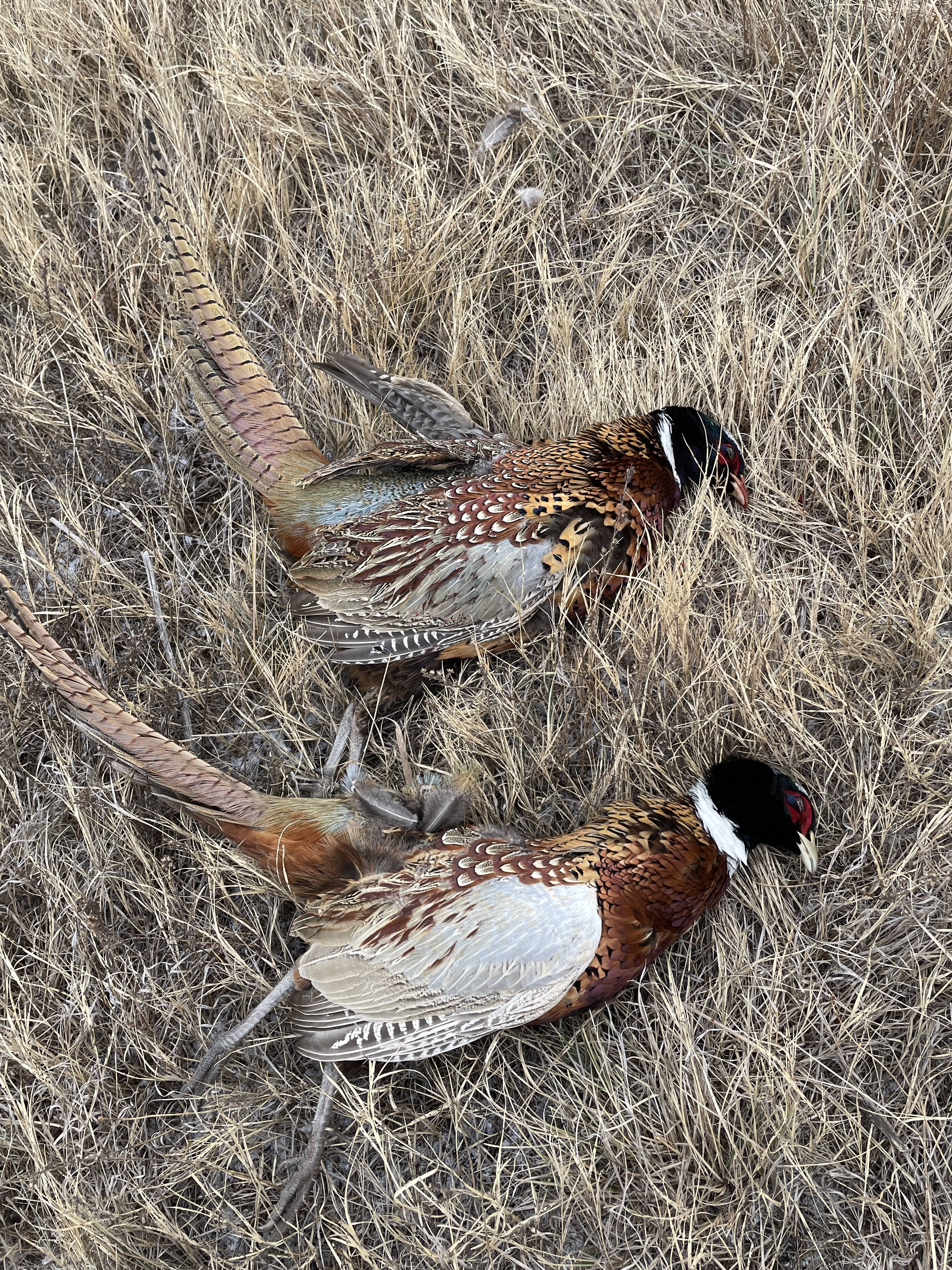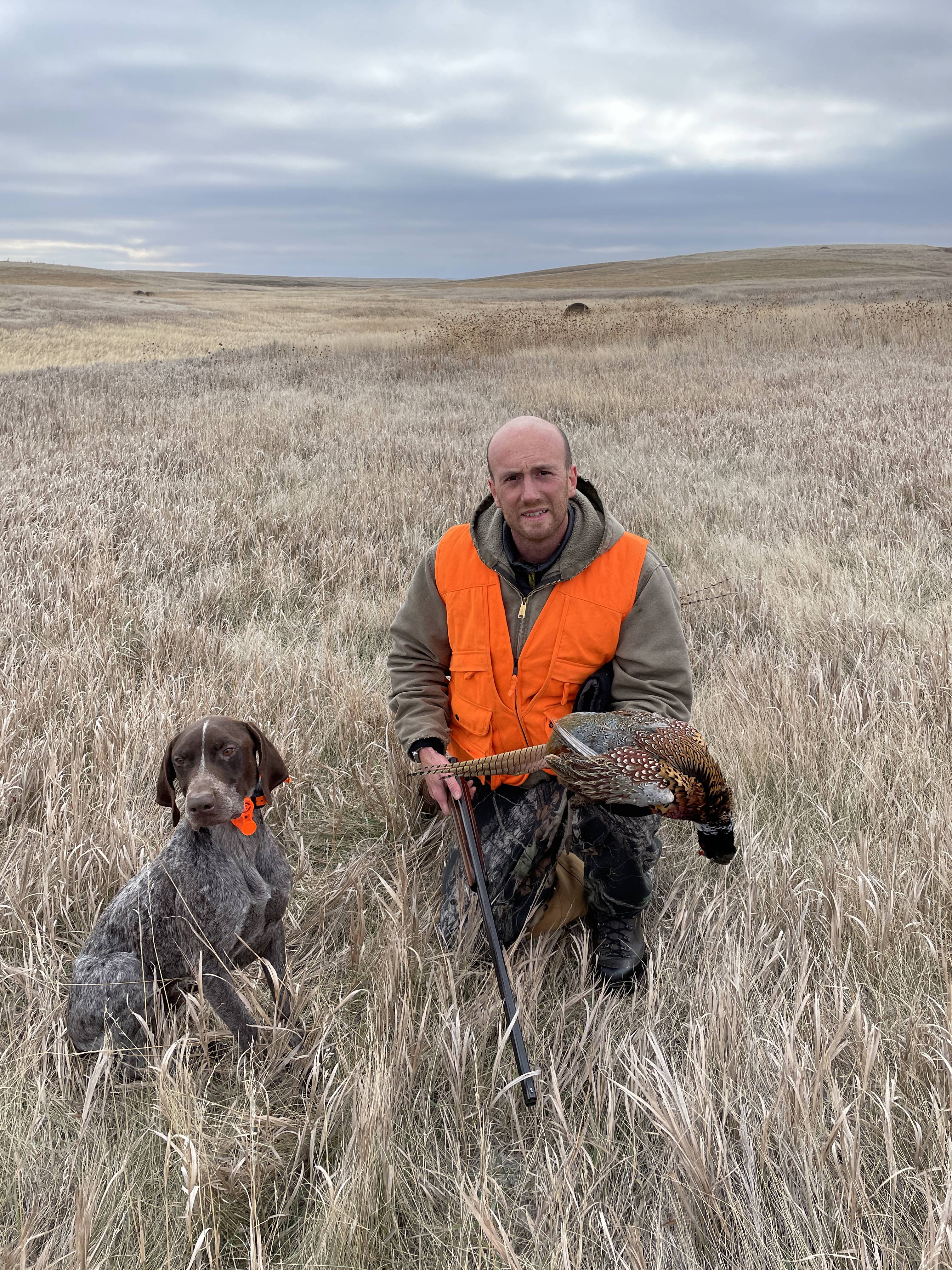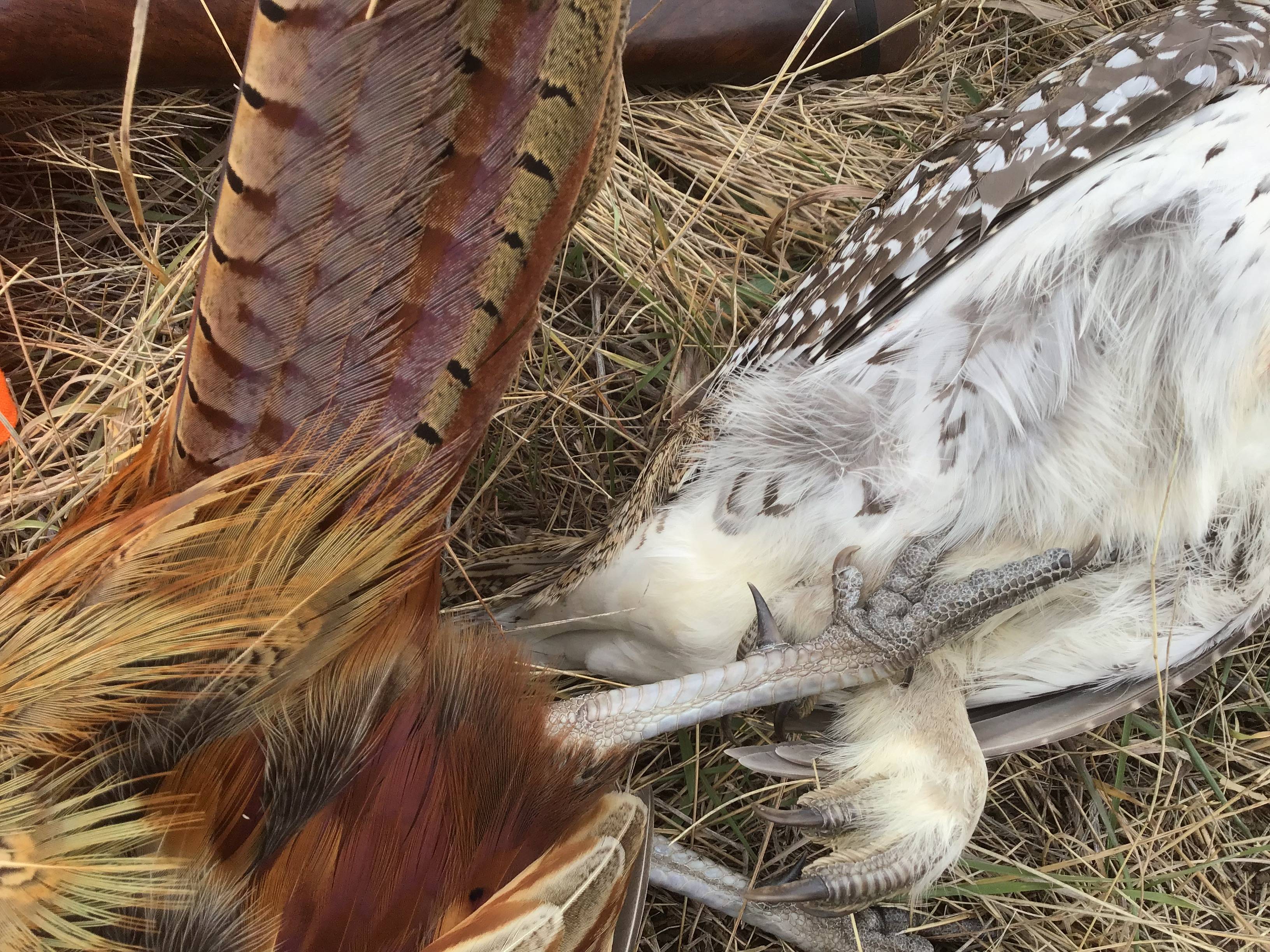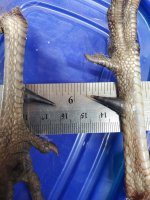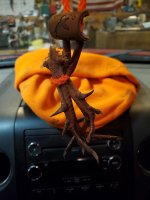I have seldom seen one with spurs as long as my bottom photo above. I'net research indicates the average lifespan for a wild ringneck is 3 years, and pheasants in captivity have lived over 20 years. So it is purely a statistics game, but I'm guessing a few make to 5-6 years. Some of the places I hunt do not get a lot of hunters, and many of them cannot hit them. So a lot get pushed and shot at, but not killed or wounded.
Some years it seems like there is a hawk or falcon on every fence post, but this year I saw very few. SD had a terrible storm in December a year ago that killed a lot of cows and pheasants.
But in areas where there is not that much hunting pressure, if they get lucky on the raptor cycle and on the weather, I don't see any reason they could not make through several years. I hope so!
